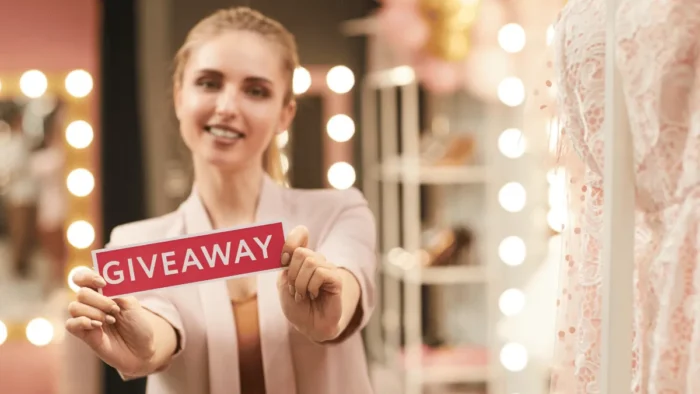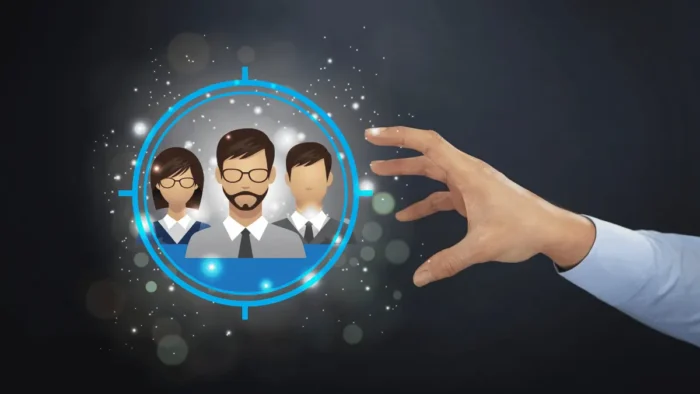There’s an emphasis placed on new business and the prowess required to secure it. Converting enquirers or visitors into new customers creates a fierce battle between B2B businesses offering various discounts and welcome incentives to lure in new customers – each one trying to better the other with discounts that are often net-negative.
Why net-negative? Easy mathematics shows that if a company has a 10% profit margin and offers a 5% discount, profitability reduces by 50%. So, although securing new business using discount incentives works short-term, it can be strategically damaging in the long term. Incentives might enthrall new customers, but the little old loyal customers at the back feel neglected – yet they are the protagonist for business success.
Studies show that a valued customer will engage with a brand 66% more, and just a 25% increase in customer engagement equates to a 5% increase in profit. That’s at least 2x the profit from one loyal customer. Still, customer retention and loyalty are earned, not given, but how do you entice customers and gain their devoted allegiance? Let’s explore.
Developing Brand Loyalty
To put this into perspective, think about your favorite supermarket – everyone has one. You’re a Tesco, Asda, Sainsbury’s, or Morrisons shopper – maybe Waitrose, even. Going into another store feels weird, almost as if you’re cheating on the other store because you’re almost totally loyal to the one. What do these stores offer? Loyalty programs, every one of them.
Loyalty programs – whether it’s a B2B customer loyalty programme or B2C – are a compelling alternative to discounts because they focus on rewarding customers for their purchase rather than initially discounting a product or order. B2B rewards work particularly well because, in contrast to B2C, B2B customers make up a vast pool of probable business engagements. Nurturing B2B loyalty is crucial for a long-term relationship that can lead to other lucrative business opportunities.
Still, we can’t neglect the new business and the potential to keep loyal customers from the off – after all, loyal customers were new customers at one point. The first impression counts, especially when trying to secure B2B customer loyalty, so think about your onboarding process. It should be heavily personalized and as hands-on as possible. We’re talking follow-up emails, personalized discounts, and increased customer support.
That helps people to experience the value of your product or service. 65.2% of B2B businesses state they find value in talking about their current situation with salespeople first – so it pays to be a bit more inquisitive and personal with the onboarding approach.
The Benefits Of A Loyal Customer
The perfect example of the benefit of customer loyalty is Apple, which is arguably the biggest tech company globally. A whopping 92% of Apple customers are loyal to the brand, allowing them to have a net worth of $64 billion at the end of 2020. Apple put a huge emphasis on customer retention. The major benefit they get, and one every brand would no longer be privy to, is brand awareness and engagement spread through word-of-mouth.
Loyal customers defend and promote their brands because 77% of customer behaviors are driven by emotion rather than the price. The emotion fuels the devotion, leading to loyal customers becoming a cunning and almost unintentional marketing ploy. Business-to-business loyalty programs are particularly good at this because of the intricate web of business connections that typically make up a B2B supply chain.
So, back to the question, is customer loyalty too much to ask? Absolutely not. Customer loyalty is easily attainable with lucrative loyalty programs, personalized experiences, and a focus on top-notch customer support to go with it.





